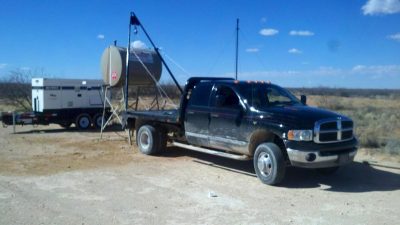


In 1955, several reservations in Montana and Idaho formed the Montana Indian Firefighters, and in 1957, the Bureau of Land Management formed crews using Native Americans and Alaskan Natives. In Arizona and New Mexico, 2,000 Southwest Indian forest firefighters became available. In the postwar era, Native American fire suppression crews sprang up across the Western States and Alaska. When veterans returned home from the Second World War, forest protection continued to be a valuable source of income and provided veterans a natural niche in which to apply their skills and energy. They also became trained experts in preventing, detecting, and fighting wildfires (Dejong 2004 Newell, Clow and Ellis 1986 Kimmer Kanawha 2001 Shaw 2005). Throughout the nine years the program was funded, 80,000 Native American and Alaskan Native workers built forest protection infrastructure, including roads, trails, telephone lines, lookout towers, and fire cabins. In order to protect the timber holdings of the tribes, the Indian Division of the Citizen Conservation Corps (ID-CCC) was created in 1933 as part of President’s Roosevelt’s plan to put people back to work during the Great Depression. The BIA soon followed suit and developed its Division of Forestry in 1910 with the goal that forests should be used to help tribes become self-supporting (Newell,Clow and Ellis 1986). The Forest Service was formed in 1905 to protect America’s timberlands. History of Tribal Fire Crews and Interagency Hotshot Crews What do firefighters do when it's not fire season?.Have IHCs ever lost anyone in the line of duty?.How many days a year on average are IHCs on assignment?.How many fires a year will a crew go to?.Crews normally work a 14-day assignment and receive rest time of 2-4 days between assignments. Fire crews are available 24 hours per day, 7 days a week during the fire season, which typically lasts six months. This may allow crews to conduct burn out operations and be more effective than during the daytime. At times, firefighters may be required to work at night, as temperatures are lower and humidity is higher. On large fires, crews often stay in fire camps where hot meals, showers, and sometimes laundry facilities are available. Sometimes crews may sleep in remote areas, eat pre-packaged food, and are lucky to get a shower every couple of days. A crew boss and three squad bosses supervise the crew’s actual work.įirefighting is hot, dirty work, and crews are often in the field for long periods of time. Each crew consists of 18-20 firefighters. Their typing is based on experience, leadership, and availability. Crews are differentiated between Type 1, Type 2 Initial Attack, and Type 2.


 0 kommentar(er)
0 kommentar(er)
